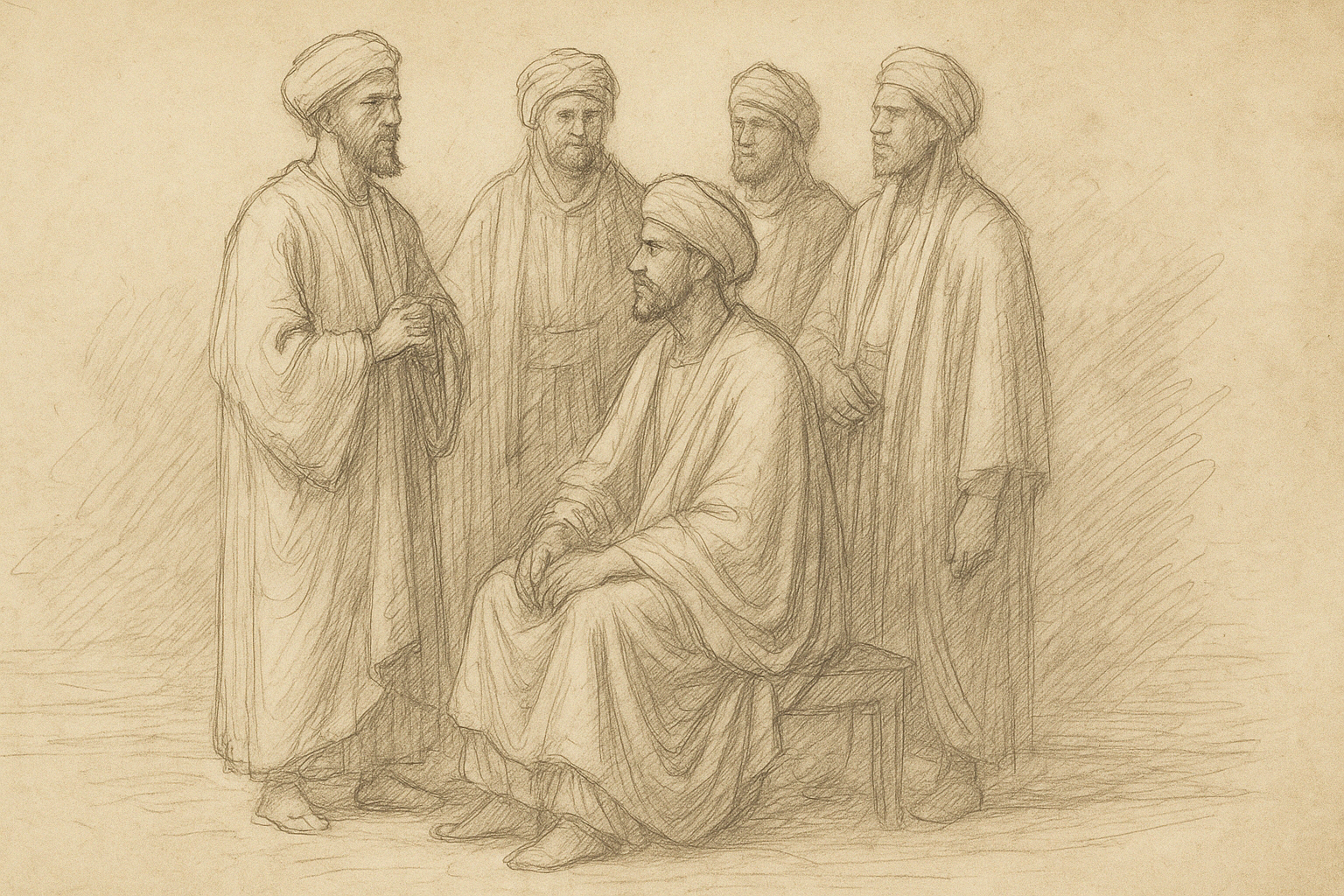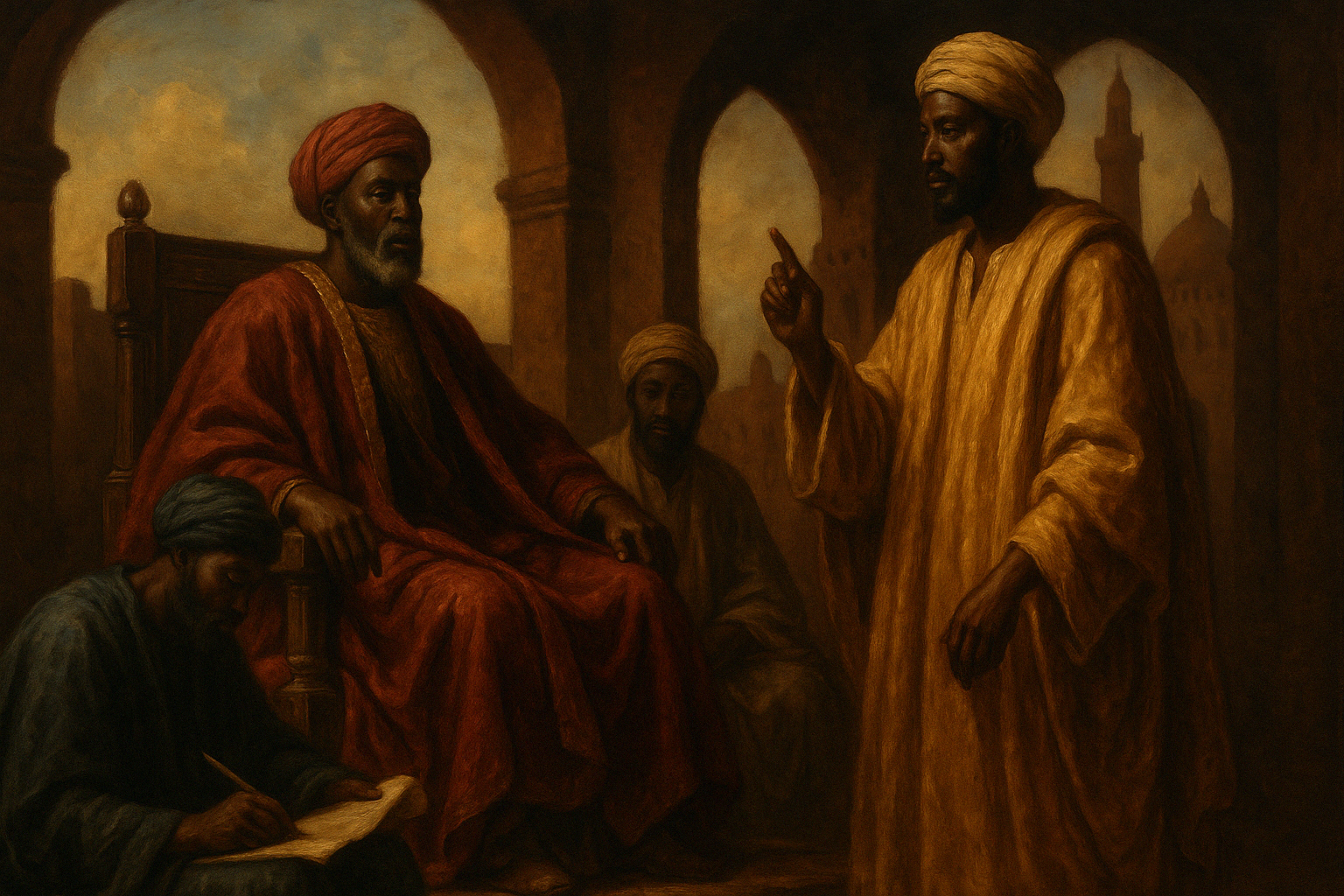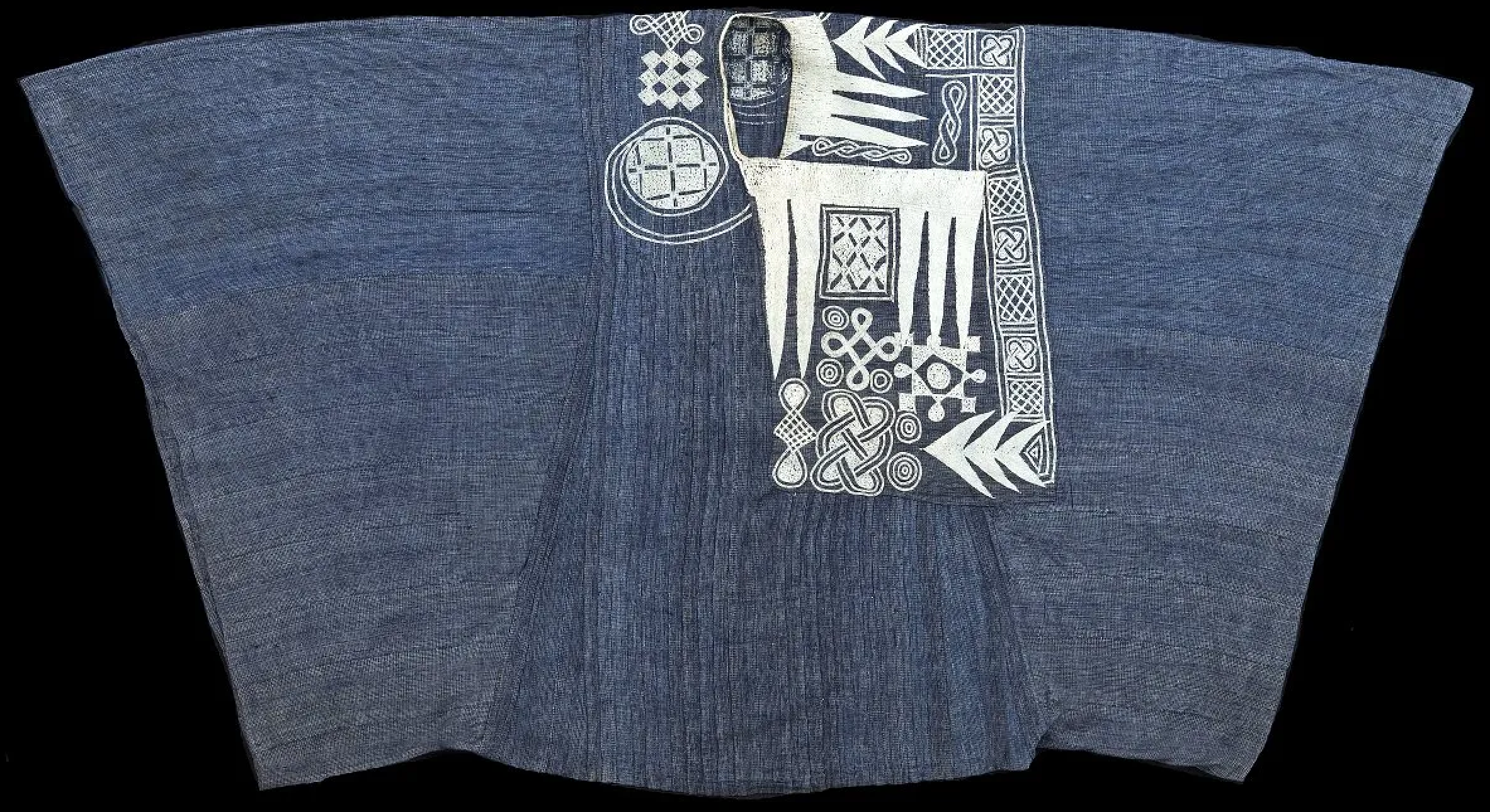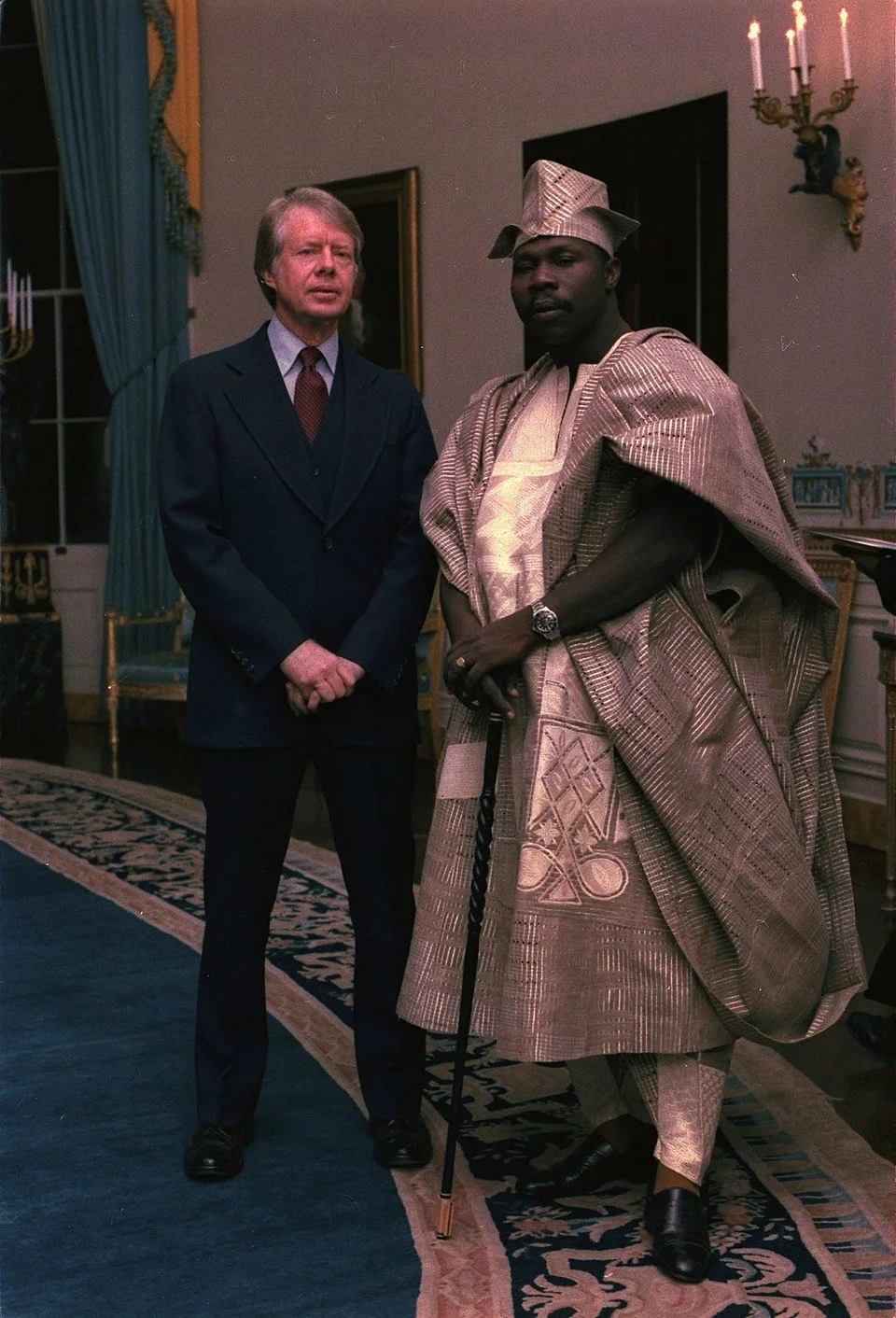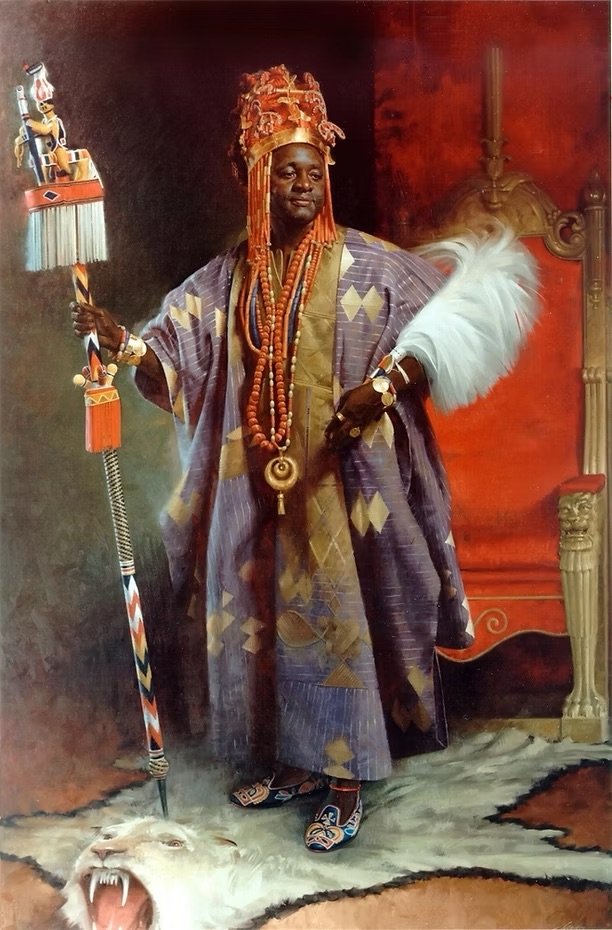Lt. Gen. Olusegun Obasanjo meets U.S. President Jimmy Carter during a diplomatic visit at the White House in 1977
Obasanjo’s dignified presence, draped in Agbádá, symbolizes Nigerian pride, leadership, and the growing influence of Africa on the global stage. The meeting laid the groundwork for deeper cooperation in politics, economics, and global peace efforts.


